The history of the birth of the celebration of Halloween
In fact, in different countries this holiday is called differently. It is called ... the Feast of Death, Samhain, All Saints' Eve. But the names Samhain and Halloween caught on the most.
Halloween story:
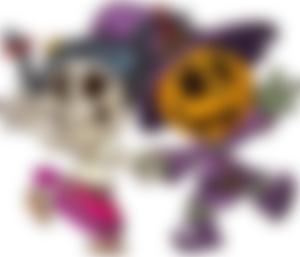
The roots of the holiday go back to the pre-Christian era. The Celtic tribes living in England, Ireland and Northern France divided the year into two parts - winter and summer. October 31 was considered the last day of the outgoing year. This day also meant the end of the harvest and the transition to a new - winter season. From that day, according to the Celtic tradition, winter began.
The New Year was celebrated on the night of November 1. On this night, according to the ancient belief of the Celts, the worlds of the living and the dead opened their doors, and the inhabitants of the other world went to earth. The Celts called this night Samhain or Samhain. In order not to become victims of spirits and ghosts, the Celts extinguished the fire in their homes, put on animal skins to scare away intruders. On the street near the houses for the spirits, food was left, and the people themselves gathered around the fires made by the druid priests and sacrificed animals
After the sacrifice, people took the sacred fire, bring it into their home. The pumpkin was the symbol of the holiday. She not only meant the end of summer and the harvest, but also scared away evil spirits with the sacred fire that was kindled inside her.
At the beginning of our era, the Romans conquered Celtic territory, bringing with them their traditions and festivals. So over the next centuries, the traditions of the Celtic holiday and two Latin holidays - Feralia (fell on the end of October; on this day the Romans commemorated the deceased) and the day of Pomona, the goddess of tree fruits, were mixed.
In 313, Christianity receives equality with paganism and soon becomes the dominant religion of the Roman Empire, and after its fall, it gradually spreads throughout Europe. On May 13, 609 (according to other sources - 610), in Rome, Pope Boniface IV consecrated the former pagan temple of the Pantheon in honor of the Virgin and all the martyrs. This day began to be celebrated as the feast of All Saints. In the middle of the 8th century, Pope Gregory III consecrated one of the chapels of St. Peter's Cathedral in honor of all saints on November 1, and in honor of this event he moved the date of the celebration of All Saints' Day to November 1.
A century later, Pope Gregory IV made a holiday in honor of All Saints for the entire Catholic Church on November 1.
Originally the holiday was called All Hallows Even, or All Hallows Eve (Mass of All Saints); later it became known as Hallowe'en, and finally - Halloween. And although the church fought for a long time with the custom of frightening and appeasing evil spirits on this day, the pagan holiday not only survived, but also inseparably merged in the popular consciousness with the church holiday.
Traditions and attributes of the holiday:
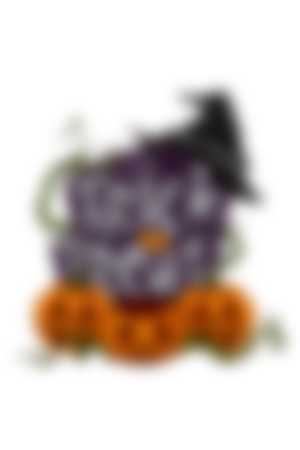
Halloween is most widely celebrated in the United States and Canada, where it is most popular. In the 19th century, large numbers of Irish people emigrated to the New World, bringing with them the traditions of Halloween. In the United States, Halloween is the holiday with the most candy sales, and the second largest holiday after Christmas in terms of total pre-holiday sales. It even has its own capitals - Los Angeles and New York, where the brightest and most colorful festivities and carnivals take place on this day.
American Halloween trappings: Jack-o-lanterns pumpkin lantern and begging for sweets - Trik or trak. The ancient rite of Trik or trak ("Treat or regret") has become a favorite game for children, who dress up in the costumes of monsters and walk around neighboring houses, frightening adults, and those, in order to appease the "ghosts", buy off sweets from them.
Despite the fact that Americans have celebrated Halloween for more than two centuries, the holiday is not official. However, this does not stop the residents of the New World from spending a lot of money every year on pumpkins, decorations, candles and greeting cards.
In France, the most impressive processions take place in the suburbs of Paris, Disneyland and in the city of Limoges, where more than 30 thousand people come annually. It is there that the most memorable parades of goblins, vampires and ghosts take place, illuminating their path with pumpkin lanterns.
In Germany, Halloween is celebrated no less colorful. Frankenstein Castle in Darmstadt (federal state of Hesse) attracts thousands of people dressed as monsters on the night of November 1, and locals believe that it is on this night that the ghost of the owner appears on the roof of the castle.
In China, Halloween is known as Teng Chieh - the day of remembrance of the ancestors. On this day, in front of the photographs of deceased relatives, the Chinese put food and water, as well as a lantern that illuminates the path for the souls of ancestors traveling on Halloween night.
Halloween: Signs and superstitions
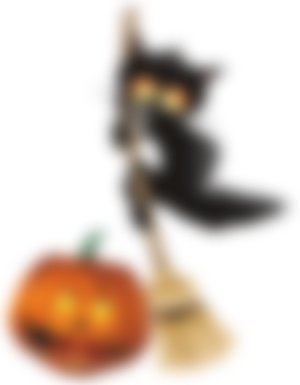
- First, about black cats. They are not a very good sign the rest of the year, and on Halloween they are strictly forbidden to be left in the house.
- The special talismans of this night are pumpkins and nuts, it is believed that they scare away evil spirits.
- Superstitious people with a sense of humor today wear clothes inside out and go out of the house backwards to confuse ghosts (and passers-by).
- If the candles lit on Halloween are constantly extinguished - somewhere nearby, evil spirits are sure to be darting around.
- If the owner sees a spider in the house on Halloween, it means that one of the deceased relatives is watching the inhabitants of the house and warns of the danger that threatens one of the family members.
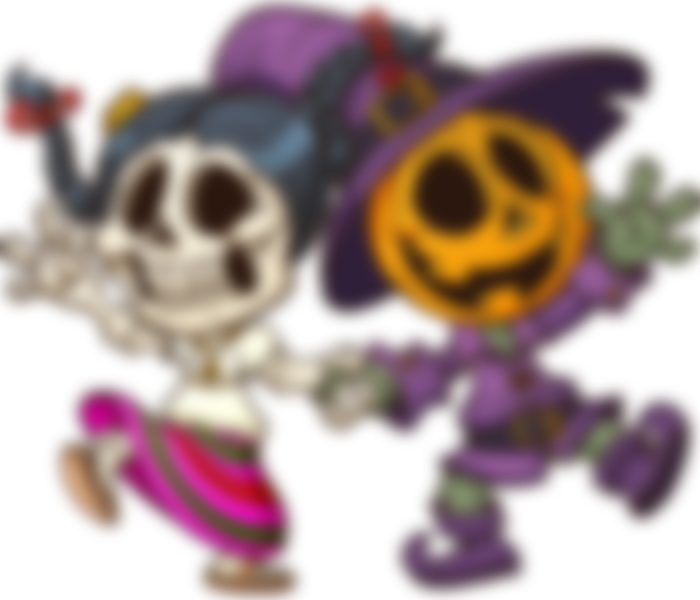
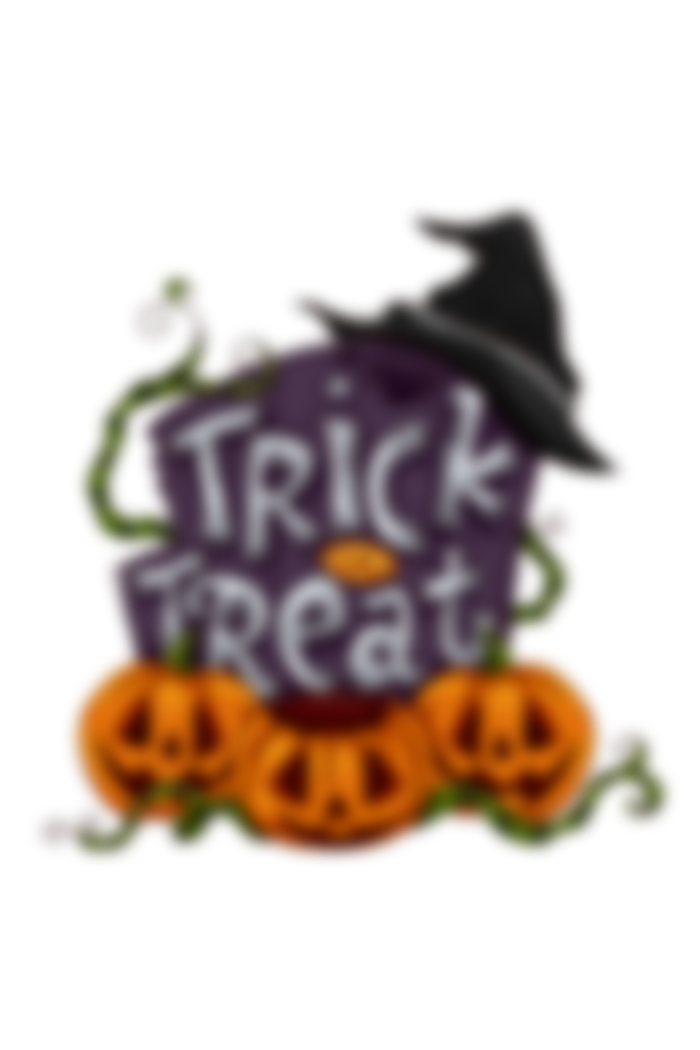

In South America, this holiday is becoming popular, and it is driven greatly by the commercial sector, something that is seen a lot in large shopping malls. Great article. Greetings and success.